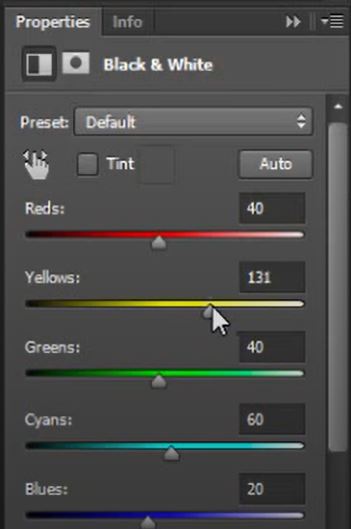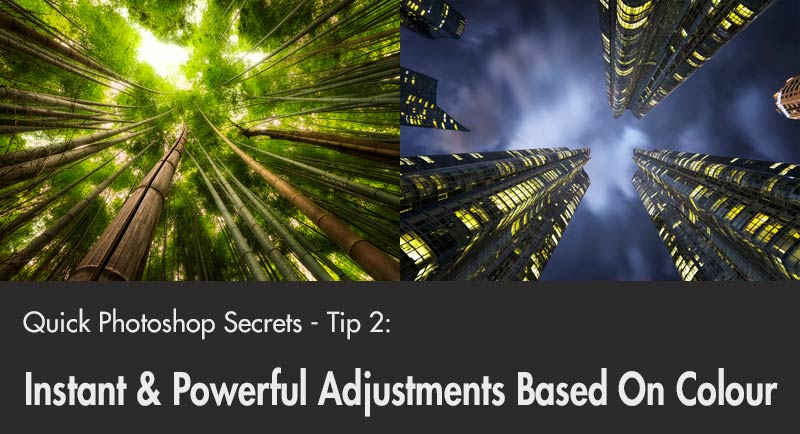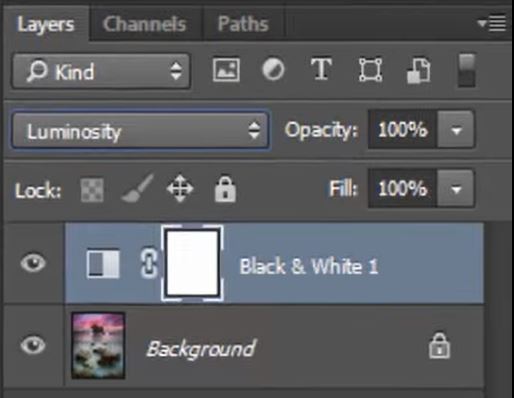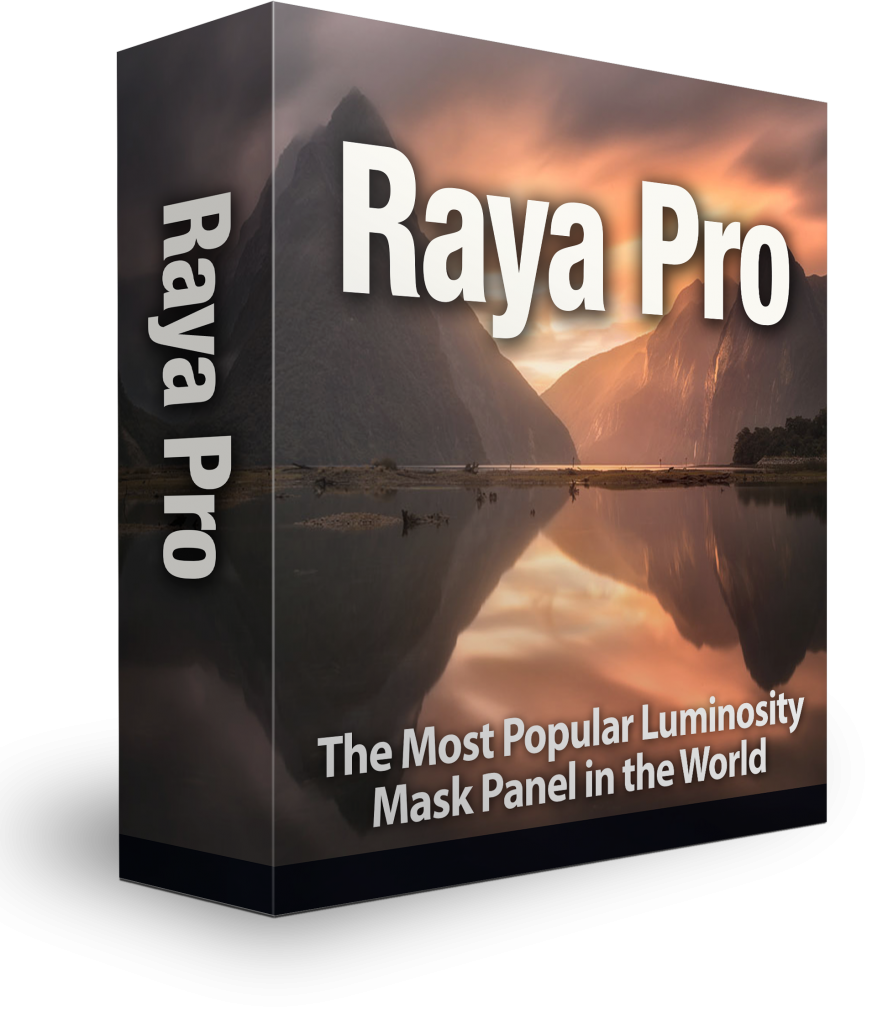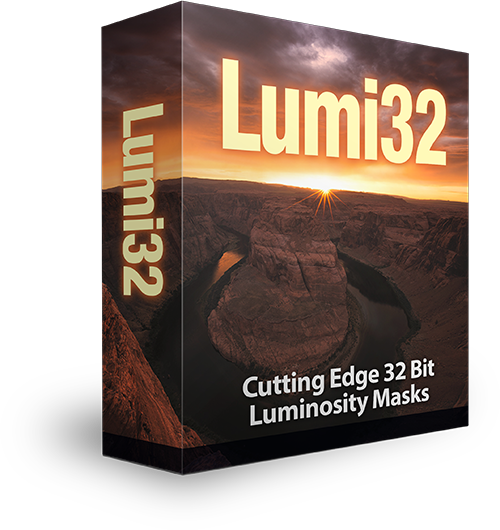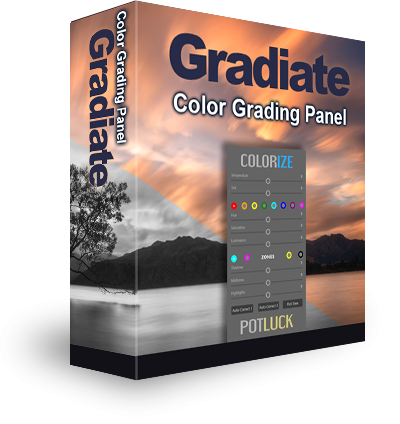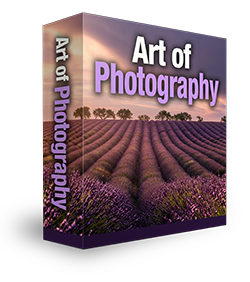Quick Photoshop Secrets 2: How To Make Precise Adjustments Based On Colour
In the second video in this series of Photoshop Secrets, we look at how to make very precise changes to your image, based solely on colour.
Surprisingly we do this by using a Black & White adjustment layer. This allows us to break our image down to primary colours, so that we can then start enhancing specific parts of our images within a particular colour range. If it sounds complex, after 2 minutes of this video you will see that it is, in fact, very simple!
Why Do We Need To Make Precise Colour Adjustments
Sometimes, when we’re processing our images there’s just something that’s not quite right. In the three examples that we have chosen, you can see different reasons why we would want to change only certain colours. Whether it be for, dramatic effect, softer tones, or darker skies. Precisely targeting specific colour ranges can be a quick and easy way to finish off your processing.
Step by Step: How To Make Precise Colour Adjustments In Photoshop
1. First, we need to add a new Black and White Adjustment Layer. There are a few ways we can do this. Either by, clicking on the Black & White icon in the Adjustments panel. Or, on the top menu going to Layer>New Adjustment Layer>Black and White.
2. Next, with the new Black and White layer selected, change the blend mode Luminosity. This will change the image from black and white back to colour.
3. Finally, slide the various colour sliders left and right to see what effect they have on your image. See which part of your image the slider’s effect. Don’t worry if some of the sliders don’t change anything, all that means is there’s not enough colour in that particular range. You might be pleasantly surprised.
